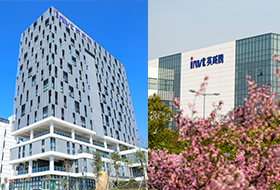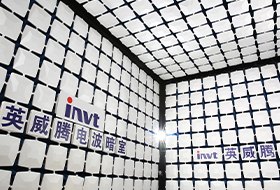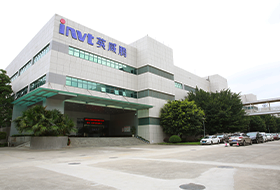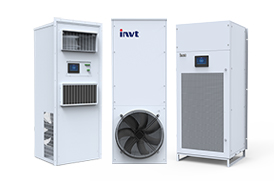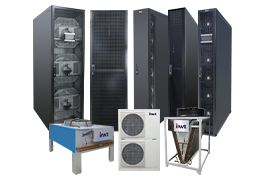How can data centers achieve green storage?
In the current digital age, the amount of data is growing exponentially. Green storage came into being. It not only aims to reduce environmental impact by improving the efficiency of storage devices and reducing energy consumption, but also focuses on achieving effective use of energy and sustainable development in the operation of the entire data center.
As the core of modern information infrastructure, the energy consumption of data centers is receiving increasing attention. Globally, the energy consumption of data centers accounts for a considerable part of the energy consumption of the entire IT industry. Therefore, how to achieve green storage in data centers is the key to reducing overall carbon emissions and energy consumption. The following are some of the main ways to achieve green storage in data centers:
1. Use energy-saving storage devices
The first measure for data centers to achieve green storage is to use energy-saving hardware devices. SSDs not only have lower energy consumption, but also have shorter response times and faster read and write speeds. In addition, the high-density integrated design of storage devices is also an effective means to reduce physical space and energy consumption.
2. Storage virtualization
Storage virtualization is one of the key technologies to achieve green storage. By virtualizing physical storage resources, enterprises can optimize the utilization of storage resources, thereby supporting more applications and data without increasing hardware resources. This technology enables multiple storage devices to be combined into a unified resource pool, reducing device redundancy and energy consumption.
3. Data compression and deduplication technology
Data compression and deduplication technology are important methods to reduce data space and reduce energy consumption. By compressing data, the space required for storage can be significantly reduced without losing data quality. Data deduplication technology further optimizes the utilization efficiency of storage space by identifying and deleting duplicate data.
4. Efficient cooling technology
The cooling system is an extremely energy-consuming part of the data center. Traditional cooling methods often waste a lot of electricity, while green storage requires innovation and optimization in the cooling system. For example, using liquid cooling technology instead of traditional air cooling can greatly improve cooling efficiency and reduce power consumption. In addition, the intelligent cooling management system can monitor the temperature changes of the data center in real-time, and dynamically adjust the working intensity of the cooling equipment according to actual needs to avoid unnecessary energy waste.
5. Data migration and automatic tiered storage
Intelligent data management strategies are an important part of achieving green storage. Through data migration and tiered storage, data centers can transfer infrequently used data to low-power storage devices and store frequently used data in higher-performance devices. This data management method based on frequency of use reduces frequent data read and write operations, thereby reducing energy consumption.
6. Adopting renewable energy
The introduction of renewable energy is a strategic choice for data centers to achieve green storage. With the global emphasis on environmental protection, more and more data centers are beginning to use clean energy such as solar energy and wind energy to supply electricity. This not only reduces dependence on traditional electricity, but also further reduces carbon emissions.
7. Lifecycle management and recycling
Finally, green storage also emphasizes the lifecycle management of storage devices. Resource waste and carbon footprint can be significantly reduced by extending the service life of equipment and reducing the demand for new equipment. In addition, data centers should establish a sound hardware recycling mechanism to ensure that discarded storage devices can be properly handled to avoid pollution to the environment.
Summary
In today's era of data explosion, green storage, as an important strategy for data centers and enterprises to cope with energy consumption and environmental challenges, is gaining widespread attention and application. With the popularization of clean energy and the improvement of lifecycle management, the future of green storage will be more sustainable and become an important driving force for the green transformation of the information technology industry.

 networkpowersales@invt.com.cn
networkpowersales@invt.com.cn
